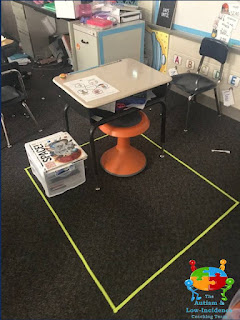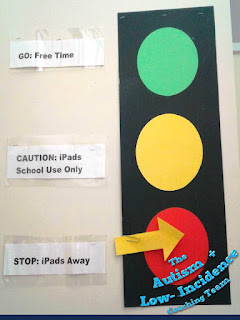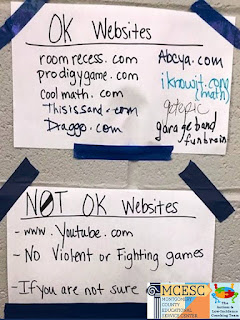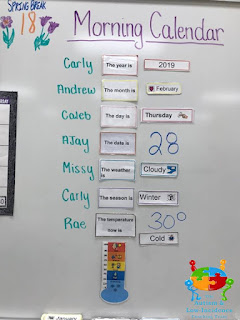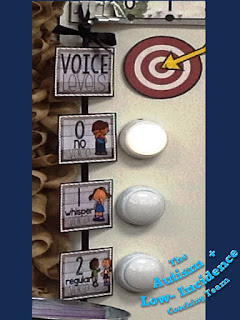It is that time of year again where we get to shine our A-LIST Spotlight on area educators who go above and beyond to meet the needs of their students with autism and low-incidence disabilities. In today's A-LIST Spotlight, we are featuring amazing 1:1 paraprofessional, John Everson from Tipp High School in Tipp City.
Our team has had the pleasure of working with John for several years as part of a student referral and we were so impressed by his dedication, patience, and willingness to collaboratively problem-solve with our team.
While working with his student, John implemented a variety of visual supports to help the student be successful while in the school building. One of the most effective tools was a dry erase board for writing reminders and providing non-verbal prompts. This was a great, flexible support that could be used across a variety of settings and activities.
John also worked closely with classroom staff to implement their classroom visual supports including voice volume visuals, task lists, and visual timers. Additionally, he assisted in reading the student to know when to use sensory supports such as a weighted neck wrap.
In addition to classroom sensory supports, John implemented a variety of sensory breaks with his student over the years including sensory motor stretching, use of a sensory tent, and breaks in the calming sensory room. John is very intuitive and was able to provide valuable feedback about these supports. Additionally, he was an expert at reading his student so he knew when giving an extra 10 minute break could really help him fully relax and focus more when returning to class.
John went above and beyond to read and analyze information we provided, trial new supports (even when they were a bit unconventional!), and take excellent data. One of the greatest strengths John demonstrated was taking all of the information provided through the coaching process and applying it to his student. This helped him with "tuning in my awareness and empathy to the correct radio frequency."
Thank you, John, for all of your hard work and perseverance over the years. We have truly enjoyed working with you!
















